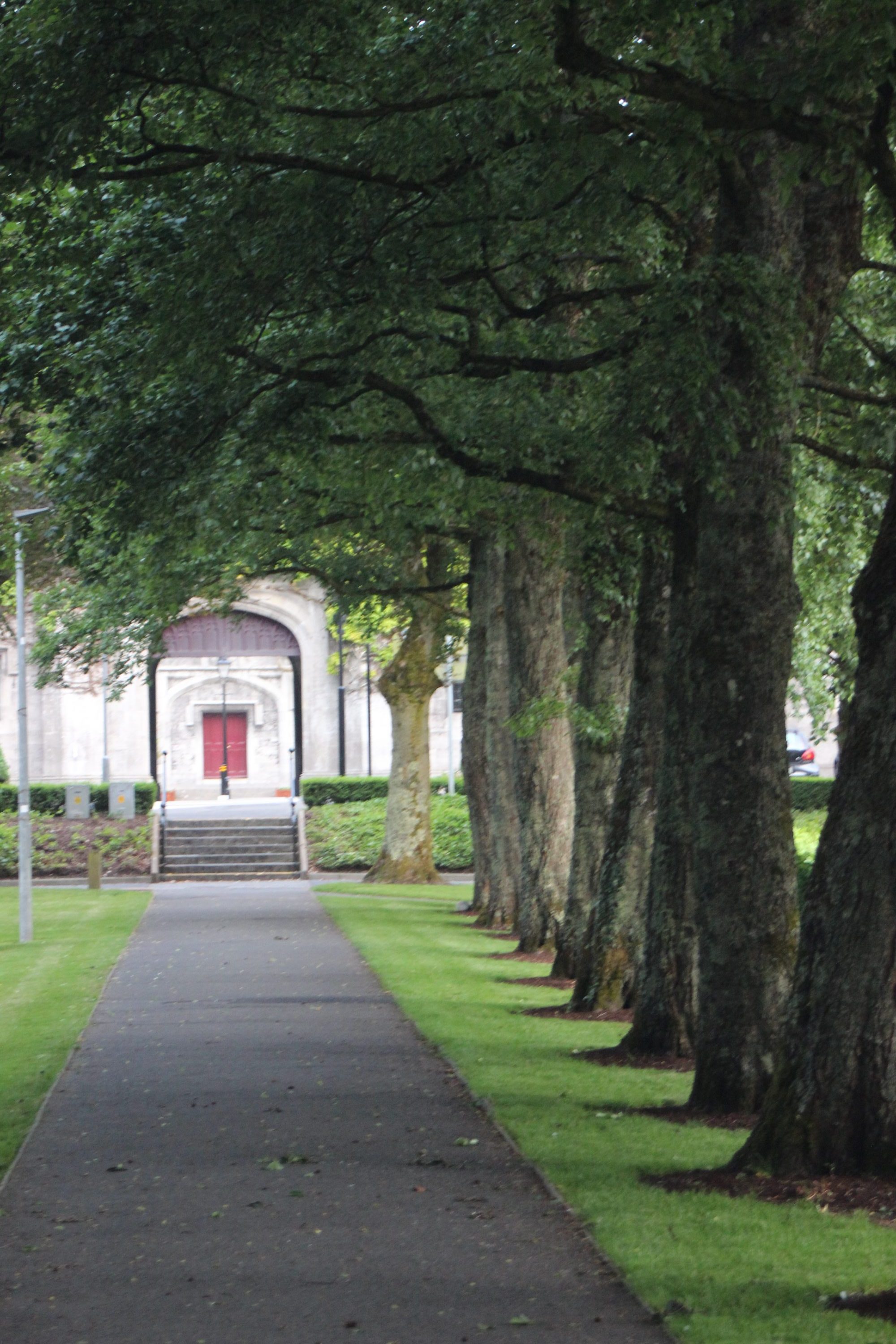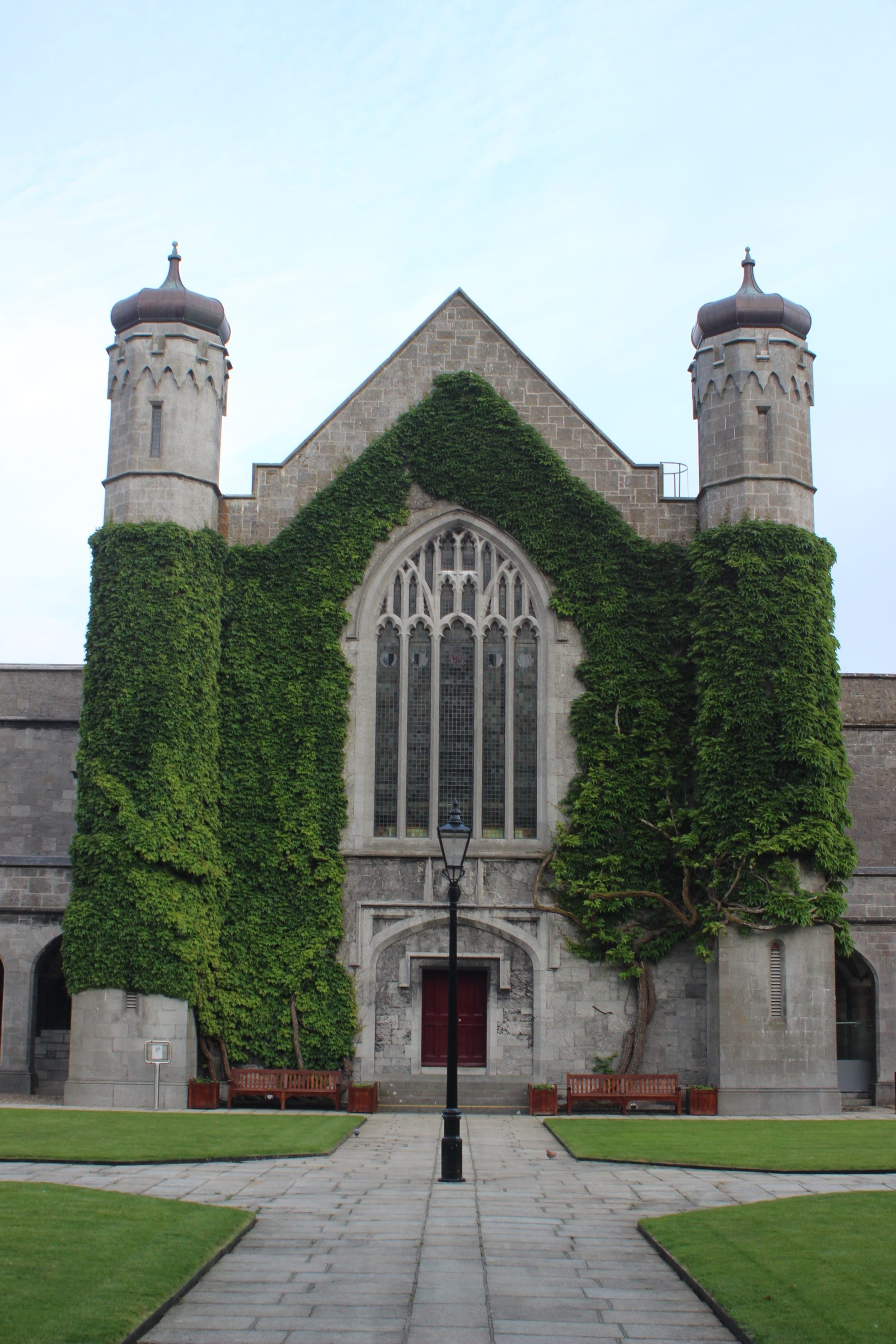Dear reader,
Sit and stay for’a moment wont’cha, hey, what’s the craic ?
Luck be have-it, you’re on the right path.
My name is Kyle
Here on ‘ole Emerald Isle
If you keep on readin’ your luck won’t turn back.
I’m here in Galway for marine habitats and research economical.
Through SEMRU and CBE, it was a decision quite logical.
Developin’ maps, leadin’ to a report
To understand ecosystem services, of course
This is for you, and for history’s chronicle.
Be here I’ll be through June, July, ‘n August
And until then, temper your wanderlust.
May this find you well
This story I’ll tell
And I thank ye’ for visiting, see you soon, I trust !
What’s the craic means “What’s up” in Irish. I don’t know much else!
Thanks for stopping by our CBE blog, and my page, first and foremost. It’s a pleasure to have you here. Let me introduce myself to those of you who I’ve never met. If we’ve had the pleasure to make acquaintances, I hope to see you again soon!
I am Kyle Burnett, (MAIEP, OCRM ’19) one of a handful of Center for Blue Economy (CBE) Fellows this year. I’m from Minnesota by way of Oklahoma originally and very fortunate to have this opportunity to write to you this summer as a representative of MIIS and the International Environmental Policy (IEP) program. There is one year left on my two-year degree path, this is an exciting chapter therein.
I secured an agreement to work along with the Socio-Economic Marine Research Unit (SEMRU) and Dr. Stephen Hynes at the National University of Ireland (NUI) in Galway (also, NUIG). Our goal is to more completely understand the relationship between habitats and their ecosystem services in the marine environment and how these seafloor resources can be valued. Together, with research from the EU ATLAS project, we will be synthesizing our findings. I will be a research assistant here to write, work with GIS, and lend aid in research for this project. In August, our team will submit a multi-authored report for consideration. Here’s our base-map (left) from the EU ATLAS Project. Our area of study will be off the Irish coast.
This is a map of Seafloor Habitats from Galpasoro, et al (2014).
With this information in hand, we have locations for a comparison analysis. Also, included within that report, are Ecosystem Services ranging from Food, Waste, to Leisure (among others) and applied values (High, Low, Negligible) to each of them. It is our goal to use our study area within the ATLAS Project to better understand the Ecosystem Services of seafloor resources and how that can be attributed to other areas of the ocean.
It’s all sounding quite detailed right now, but there is data to be synthesized, and hurdles to jump, for example, I need an account to log into the computers here if we are to make real headway. After three days here, we are progressing along nicely. Next up: Getting our data and habitats on the same page, and getting me a login!
Check out EUNIS’ Habitat type list! EUNIS Habitat type (Heirarchal View) Or, download the full document: here.
And now, some pictures:

Atlantic Ocean and Galway Bay By the Spanish Arch (above) Galway has been hot and warm so far. People tell me it’s about to change.

Stone Wall and Canal in Galway Center (above) The canal runs along the River Corrib towards the ocean. It is part of my pleasant walk to school.

Tree Lined Path on NUI Campus (above) It is serene and calm on campus, the trees are deep green, and the birds sing as you pass. I saw a stoat, too.

Castle-like Entrance of the University Quad, from 1845 (above) Without the lightpost, this could be a Lord of the Rings, Game of Thrones, courtyard.
Now, some description about where I’ve landed, Galway, Ireland –
NUI Galway was founded in 1845, and was one of four Queen’s University’s in Ireland. They all were build with a castle-like structure in the middle, called the Quadrangle now, and has since expanded significantly by the River Corrib. Today, the campus is well over a kilometer in length, and has pristine old-growth trees, walking paths near the river, and a student enrollment of over 16,000.
Galway is located on the west coast of Ireland, about 2 1/2 hours (by train) from Dublin, where my plane landed. It sits adjacent to the Atlantic coast, by Galway Bay, and has long been an important location for settlement, trade, and regional power. Through historical times, Irish settlements in the Galway area have experienced Norman and Cornwellian invasions (from England), Viking raiders (from Scandinavia), the potato famines in the 1800’s, and merchant oligarchies which controlled the city for years. All of these have uniquely shaped the region’s history. Along with anthropological influences, Galway’s history is also tied to its location and natural features. The river Corrib, one of the shortest in Europe at only 6 km, flows through the center and into the ocean. Bringing with it fertile lands and essential sediments for agriculture and domestication in this region. The River Corrib originates from a RAMSAR Wetlands site, and Ireland’s largest lake just to the north, called Lough Corrib, which spans an area of over 170 km^2. These features along the coast provided for necessary protection and resources for early settlements to thrive, and led to the regions value when other factions wished to establish control here.
Galway, besides the abundance of natural landscape and wetlands areas, is well-known for its fishing communities, musical influences, and festivals. As I also play guitar and piano, and am definitely going to see some Traditional Irish (TRAD) music and other local shows on my off-time! (I already saw The Ocelots, highly recommended)
When determining the choices at hand for a Fellowship, and what I wanted to accomplish professionally, this location was very high on my list because the SEMRU team, and the GIS group from the Marine Science and Geography Department is one-of-a-kind, and has a vast wealth of knowledge for ocean research.
I look forward to my time here, and we’re just getting started! Look for most posts over the summer as our work progresses, I’ll keep you updated.
If you have any questions, comments, or would like to connect, don’t hesitate to contact me via my email address.
Respectfully,
Kyle Burnett
MAIEP, OCRM Candidate Class of 2019
CBE Fellow 2018 @ NUIG Galway – SEMRU
keburnett@miis.edu






I love the poem! Quite an intriguing lure into the whole post! I love your photos, and had to look up a stoat–what a cute creature!